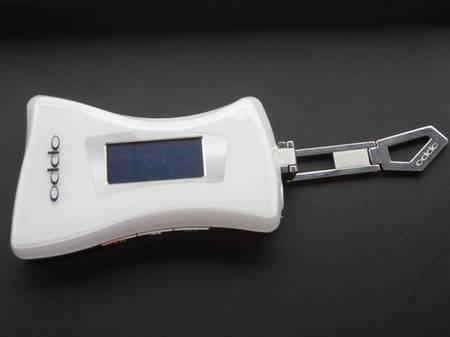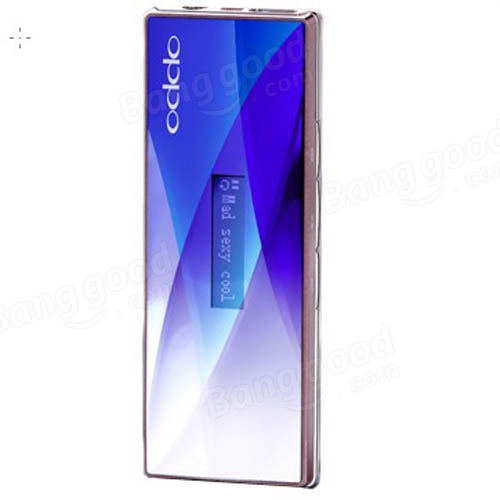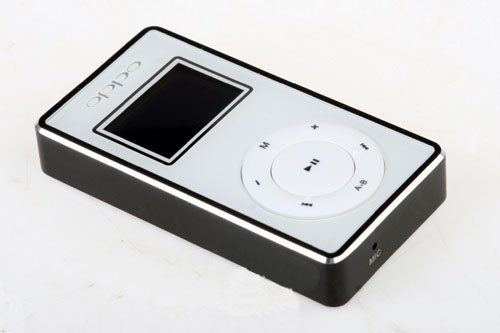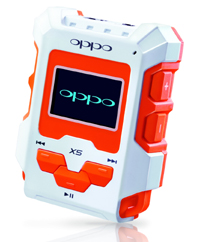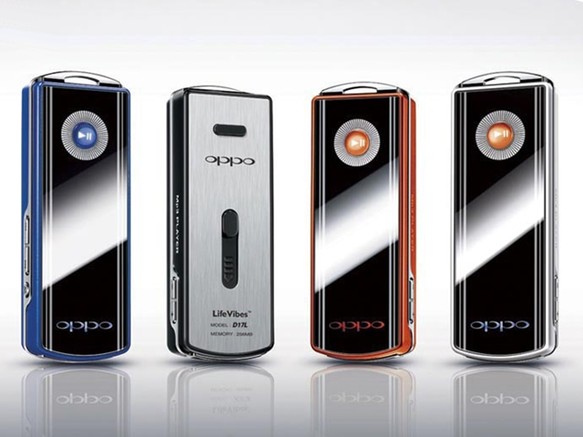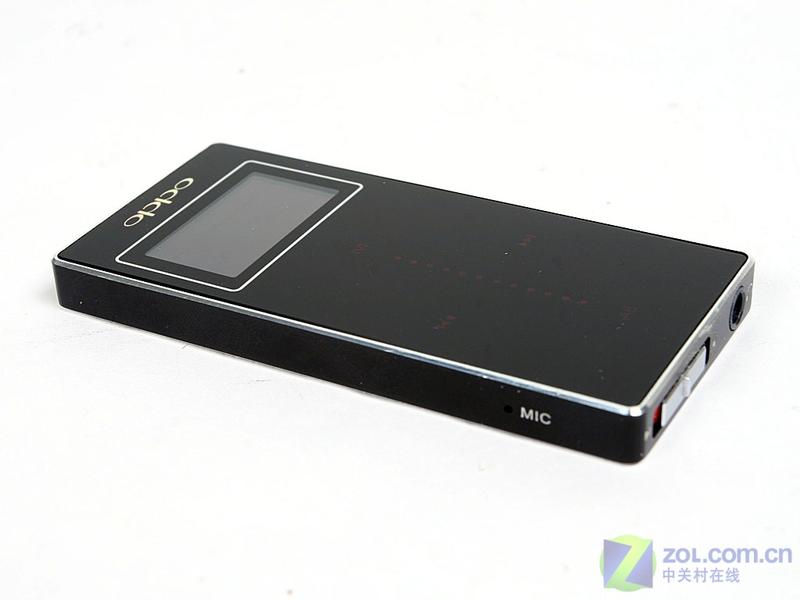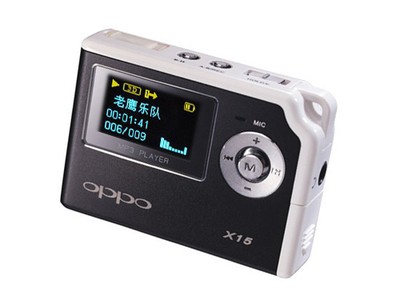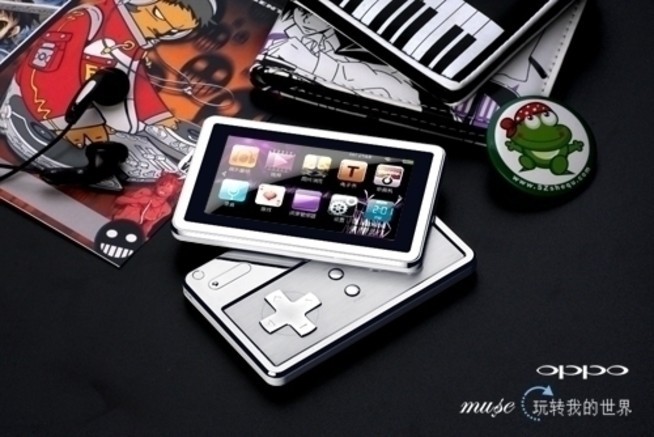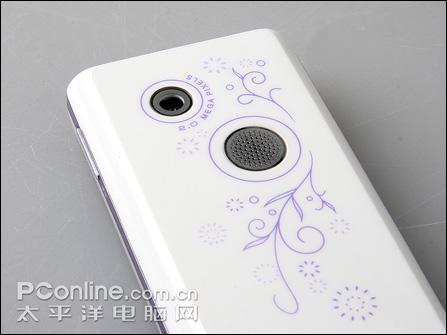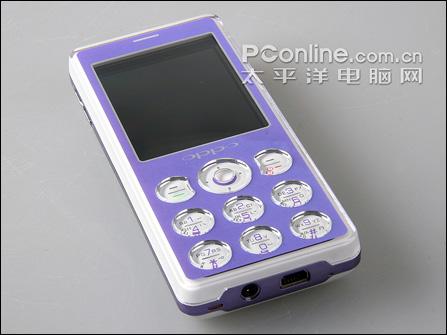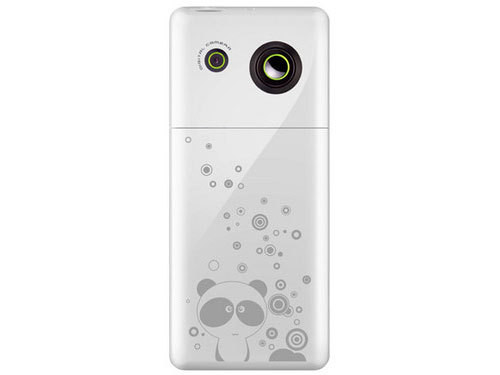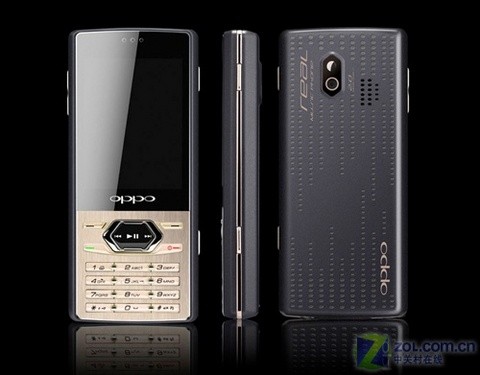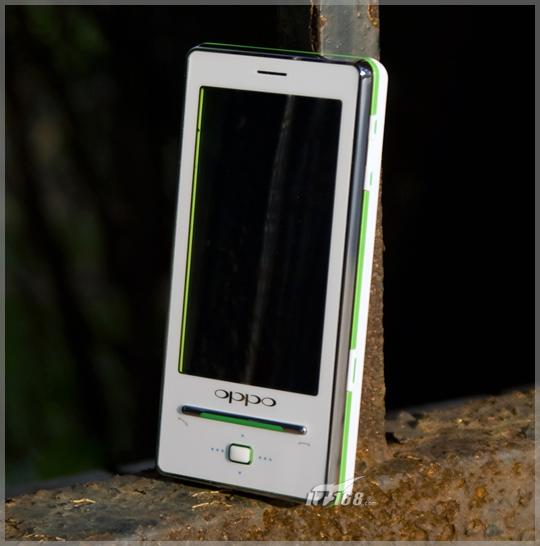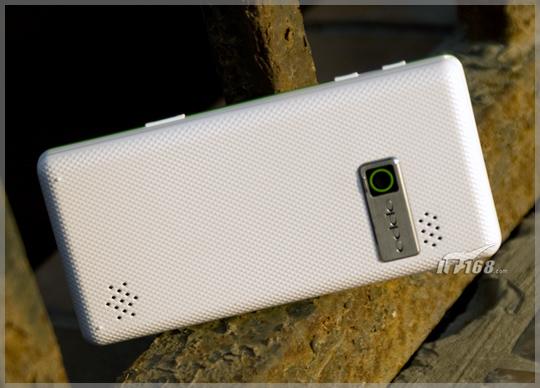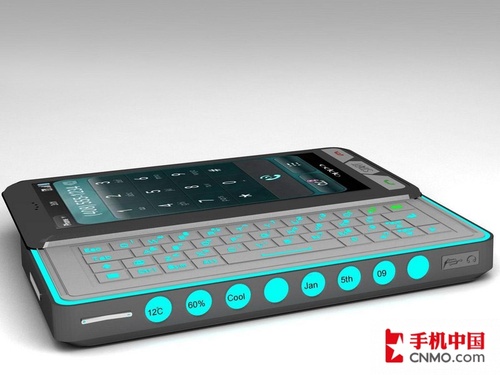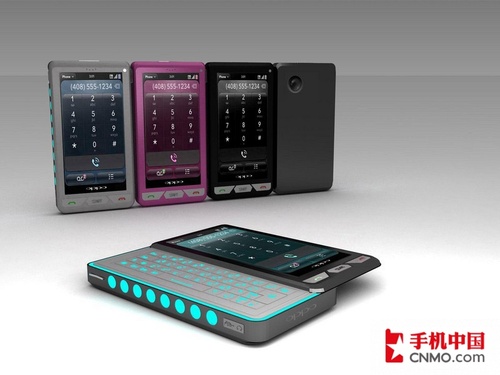Continuation of a series of articles about large Chinese companies. Let's take a look at the history of Oppo, which has become a leader in China and is among the top 5 global smartphone manufacturers. If you missed it, I advise you to read about LeEco, Xiaomi, Meizu, OnePlus, Lenovo and Huawei.

Oppo for the Russian market has become another Chinese brand that no one knows about. Although the company has the fifth largest smartphone shipments worldwide, behind only Samsung, Huawei, Apple and Xiaomi. So I decided that such a company is worth paying attention to.
How it all started
The story must begin with the creation of the BBK corporation in 1995, which was engaged in the production of players and other equipment to order for other manufacturers. In 2001, BBK registered the trademark for the Oppo brand, although in fact the company only began operating in 2004.
Behind Xiaomi and Meizu there is one person who put their money and energy into creating the brand. Whereas Oppo looks like a well-planned project with a whole team of professionals working on it. If the idea was unsuccessful, then BBK would continue on its way in the other direction, other companies had no chance of error.
With the help of the Oppo brand, BBK has opened up a new market for MP3 players. The first line included three models at once – Oppo X3, X5 and X7. They did not stand out in any way, except for the low price and the complete Sennheiser MX400 headphones.
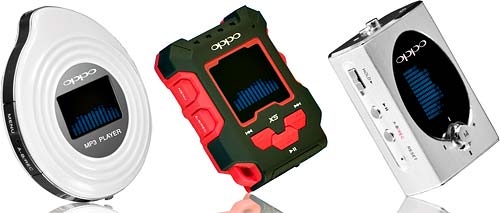
Oppo players were even taken to Russia, Mobile-Review has a review of the Oppo X7 model. Again, they had a slight advantage over their competitors – the players came with the logo of the main company BBK, because they knew this name from DVD players. So you can get more attention through the strength of the main brand. Unlike Meizu, which built the brand from scratch.
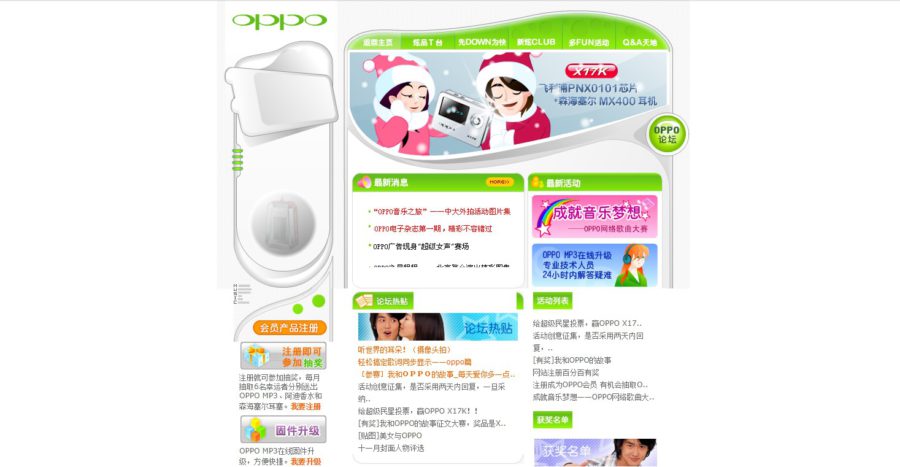
At the same time, you can see how the sites of Chinese brands used to look
In parallel with the production of portable MP3 players, BBK in the United States opened a division of Oppo Digital with an office right in Silicon Valley. She sold home and portable DVD players, acoustics and small televisions.
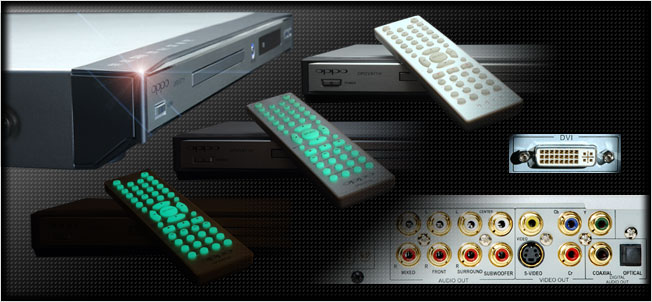
Oppo started making a whole bunch of players, I counted over 20. In general, these are unremarkable devices, if you do not take into account the low price and strange design. They gradually added MP4-players with large (at that time) displays for watching movies.
Among a bunch of players, I found an interesting copy – Oppo Muse G11. It appeared in 2008 and was immediately dubbed the iPod Touch rival. The player received a slider design, at the bottom there was a crosspiece and several buttons for games, and an emulator of 8-bit games was installed in it. For some reason, his screen was rotated 90 degrees.
In May 2008, Oppo entered the phone market with the A103 model. This was the usual 'dialer' for that time, which stood out only with a smiley face on the cover.
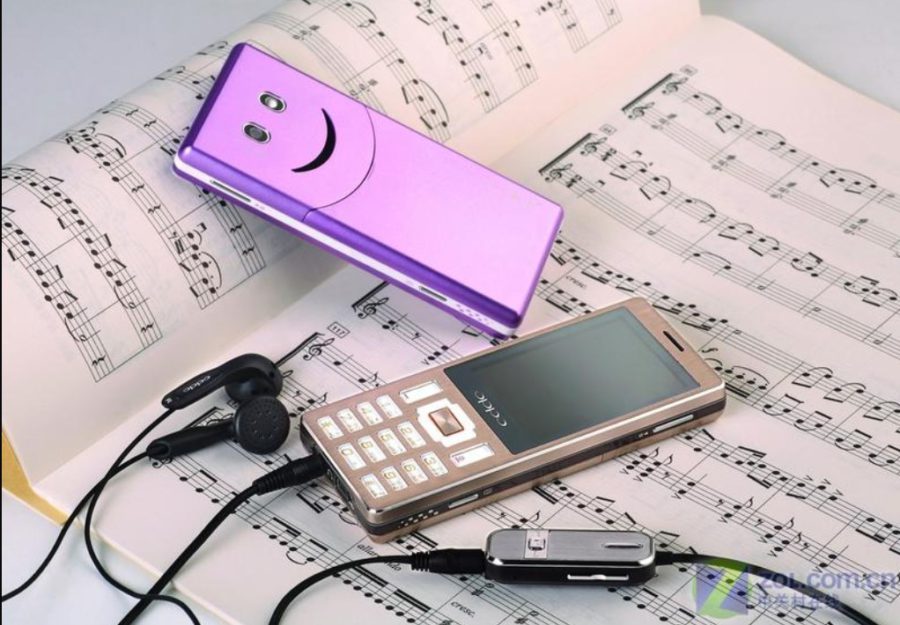
A little later in July, they showed the model A109 with double numeric keys – it's scary to imagine how this can be used. It seems that experimentation is a big part of the company.
In October, the Oppo A100 phone appeared with an even weirder back design. And at the end of the year, they presented the Oppo Real T5 with manners for the music segment.
In 2009, Oppo continued to storm the market with new phones. The most interesting model seemed to me Oppo T9 – the first touchscreen phone of the company, which appeared at the beginning of the year.
Then it was still a resistive screen that reacted to pressure. The diagonal is 3.2 inches, and as a system, some kind of primitive wrapper in Java. Let me remind you that iPhone 3G was already on sale at that time.
By the end of 2009, there were rumors that Oppo was planning to release Android – a smartphone. The first concepts looked interesting: a physical keyboard with backlit keys and indicators with weather and date information on the bottom. However, these images turned out to be only rumors.
The first Oppo smartphone appeared only in 2011 – Find X903. This smartphone is notable for the fact that Leonardo DiCaprio became its advertising face. This says a lot about the financial capabilities of the company – attracting an actor cost $ 5 million.
The Oppo Find X903 will get a physical keyboard, 4-inch display and Android 2.2 Froyo. This was the beginning of a new stage for the company.
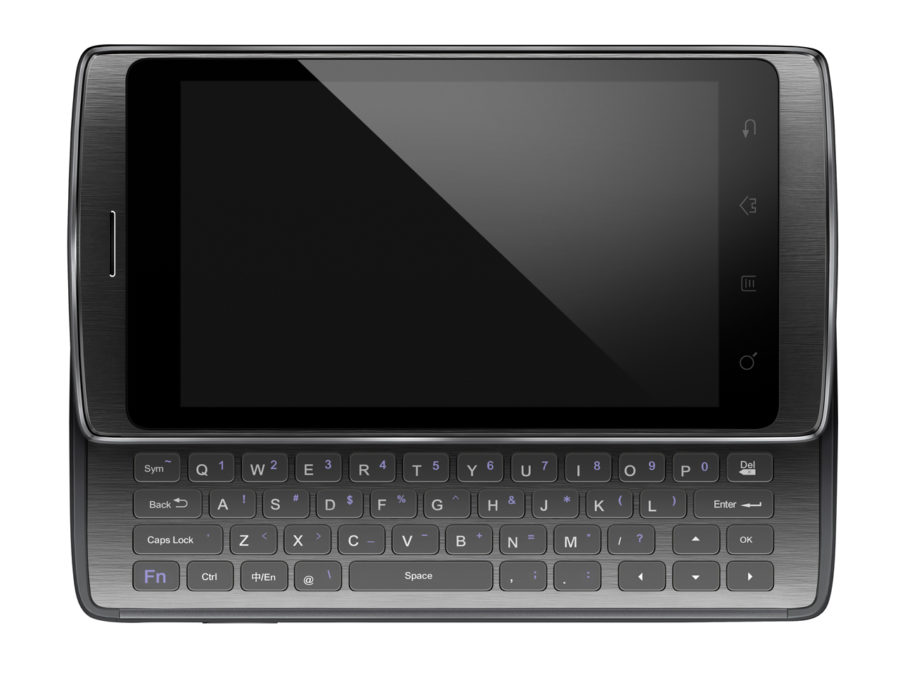
Following the first smartphone, in early 2012, the next Oppo Find 3 was announced. It is not clear why it got number three, because the Find 2 was not there.
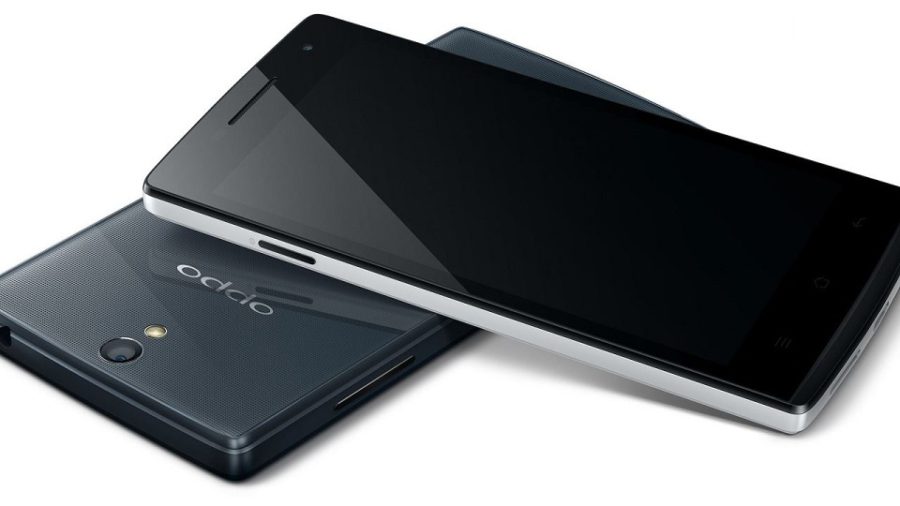
By mid-2012, Oppo announced the Finder smartphone with a thickness of 6.65mm. For the sake of the record, the struggle was for every millimeter – at that moment Huawei Ascend P1 S was only 0.03 mm thicker. It's funny that the Oppo Finder was even then produced without a 3.5 mm jack and came with a headphone adapter. You can read the review on Mobile-Review.
And in December of the same year, another smartphone was presented – Oppo Find 5. This is in many ways a landmark model, which showed that the new Chinese brand can compete with competitors' flagships. In addition, this is the first Oppo smartphone, which officially appeared in Russia, the price is 15 thousand rubles.
Oppo and other markets
In general, it is worthwhile to separately talk about Oppo's entry into the Russian market. Despite the successful Find 5 model and the low price compared to other flagships, the launch of the Chinese brand in Russia was unsuccessful. A year later, the company decided to stop sales due to low rates.
Despite the setbacks in the Russian market, the Oppo brand began to grow rapidly. The company tried to smoothly enter the US market, where some models were sold only via the Internet, and to some European countries. The main sales were still from China and some neighboring markets in India and Southeast Asia. For example, the company has opened branded stores in Singapore and Indonesia.
By the third quarter of 2013, Oppo was already in the top 10 largest smartphone manufacturers in China, ahead of Apple and the young brand Xiaomi.
By this time, the company had already become an independent brand. Oppo itself designed, manufactured and sold smartphones through branded stores. I advise you to read a series of materials by Eldar Murtazin from the Oppo factory.
A scattering of smartphones
Oppo shifted its player and phone strategy to smartphones – experimenting and releasing a bunch of different models. It all started with the presentation of the Oppo N1 with a rotary camera module, and it is also interesting in partnership with the developers of custom firmware CyanogenMod. He never appeared in Russia.
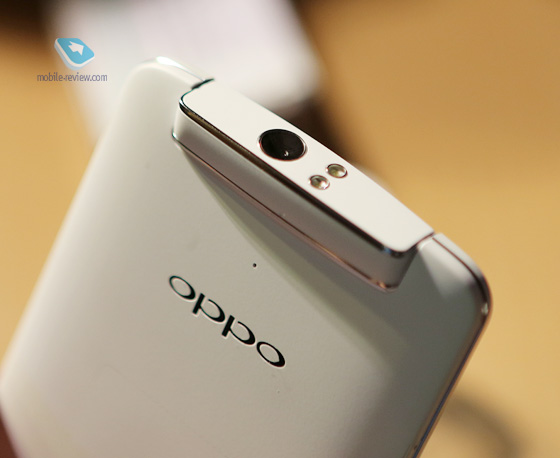
Then came the inexpensive Oppo R833T, the next thinnest Oppo R5 (4.85 mm) and the new flagship Oppo Find 7, which took one of several pictures with a resolution of 50 megapixels. There was also an Oppo N3 with a camera module that rotated automatically.
By 2013, Vice President Pete Lau, who created his startup OnePlus, is leaving Oppo – the history of this company is already on the site.
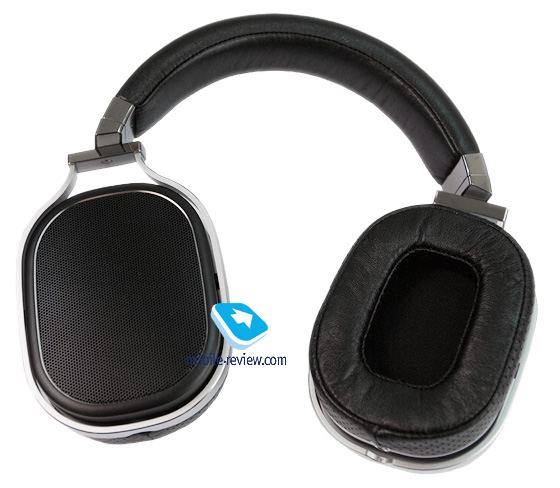
In 2014, Oppo Digital enters the premium on-ear market with the PM-1 and PM-2 models. In Russia, they were then sold at a cosmic price of 50 thousand rubles.
Rapid growth
Large advertising budgets and a wide selection of models allowed Oppo to sell 7.2 million smartphones in the first quarter of 2015 and achieve a global market share of 2.2%. A year later, the figure more than doubled – 18.5 million smartphones and a market share of 5.5%.
Oppo became China's premier smartphone manufacturer in 2016. Their incredible growth has put them in the top 5 global manufacturers, although Oppo smartphones are hardly sold outside of Asia.
In parallel with this, Oppo Digital did not forget about the player market and regularly received awards for successful models. They also had a stationary and portable headphone amplifier, as well as a Sonica wireless speaker.
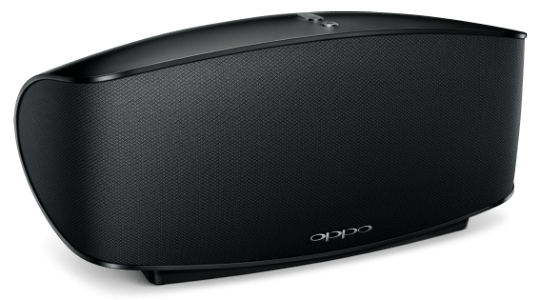
Over time, Oppo's smartphone design has ceased to be experimental. Of the modern models, I can only single out the Find X with a slider design. The sliding front camera looks impressive, but there is little practical sense in this.
One more attempt
The second launch of the Oppo brand in Russia took place in September 2017. They started by selling the Oppo F5 model, which at a price of 25 thousand rubles was inferior in characteristics and capabilities to many competitors. But the singer Yegor Creed was hired to advertise the brand in order to attract a young audience. The company also sponsored the popular show 'The Voice'.
Representatives of Oppo in Russia said they want to achieve 5% market share. Based on January 2018 sales results, they achieved a result of only 0.2% of the market. Even lower prices for smartphones did not help boost the numbers. According to Eldar Murtazin's data, from September 2017 to January 2018, Oppo sold only 35 thousand smartphones in Russia.
Oppo has a potential for growth in Russia – the company has a lot of money, they buy a lot of ads and smartphones are sold in all major chain stores.
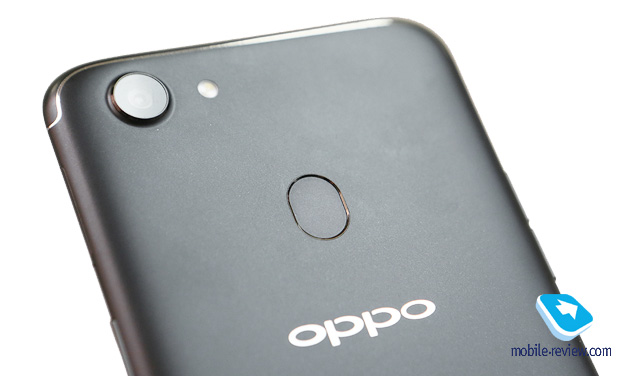
Perhaps the problem is that the sales of Oppo smartphones are not handled by the company itself, but by a representative partner. They are allocated large budgets for advertising, but for some reason they did not pay attention to pricing policy. Eldar Murtazin described the problem well in the Oppo F5 review.
Plus, the company puts an odd emphasis on the front-facing camera and selfie capabilities. Many inexpensive smartphones already have good cameras, and selfies can be added with any third-party app. Building the entire advertising campaign around this is at least strange.
You can also look at the new Oppo RX17 Pro, which is sold in Russia for 50 thousand rubles. They ask so much for a smartphone not with the top-end Snapdragon 710 processor and Full HD display. It's no secret that Oppo is trying to move into the premium segment of smartphones, but in Russia they were too rushed with it – brand awareness is too low and competitors are too active.
Conclusion
Oppo's story is too flat and consistent. The company is not involved in high-profile scandals, every year it produces many models and has practically stopped producing experimental devices with unusual designs. Its CEO and founder, Chen Mingyong, tries not to speak publicly.
This Oppo differs from Xiaomi, Meizu and even OnePlus. Their founders were passionate about technology and wanted to do something cool (at least pretend they wanted). Whereas Oppo has become a typical money-making project, albeit very successful.

